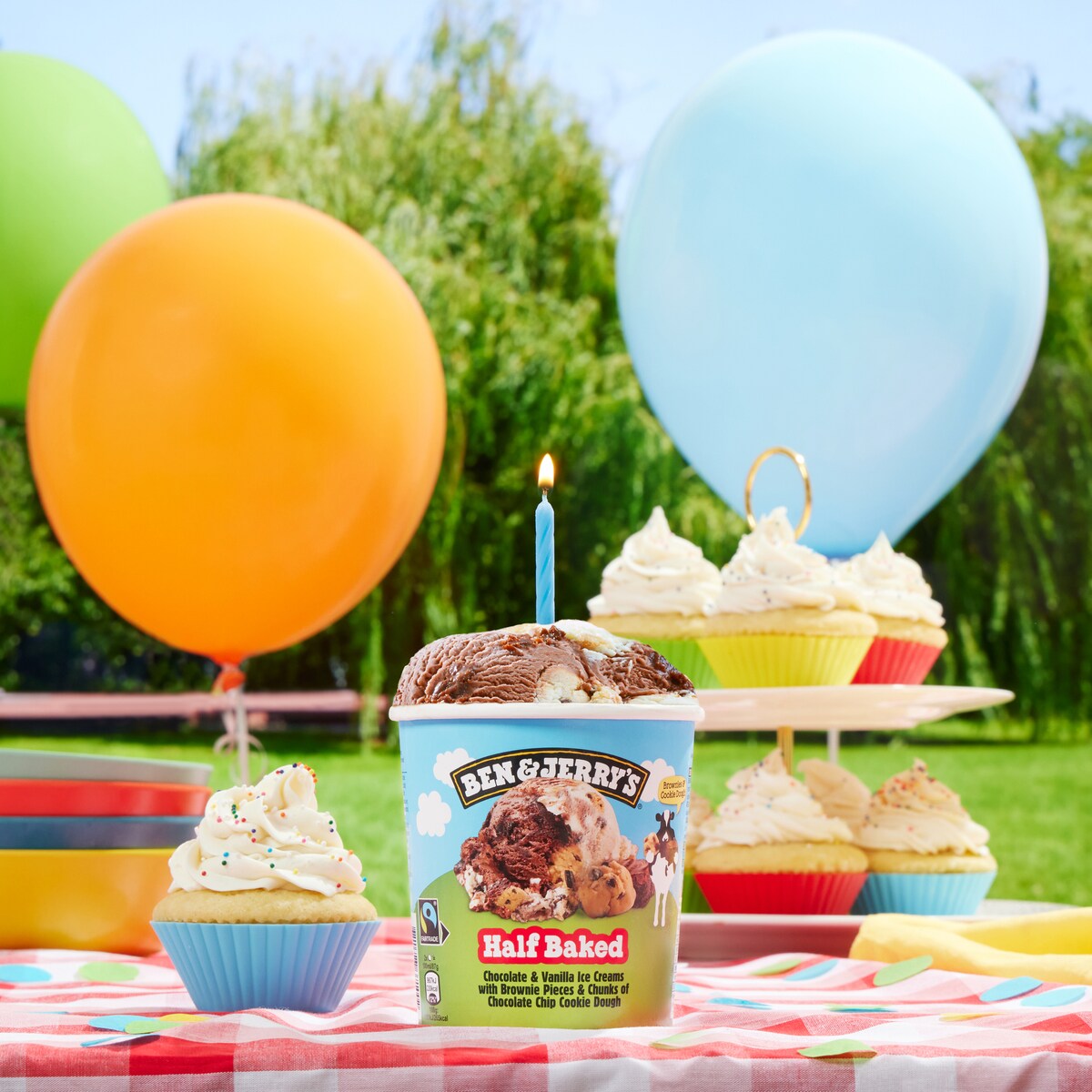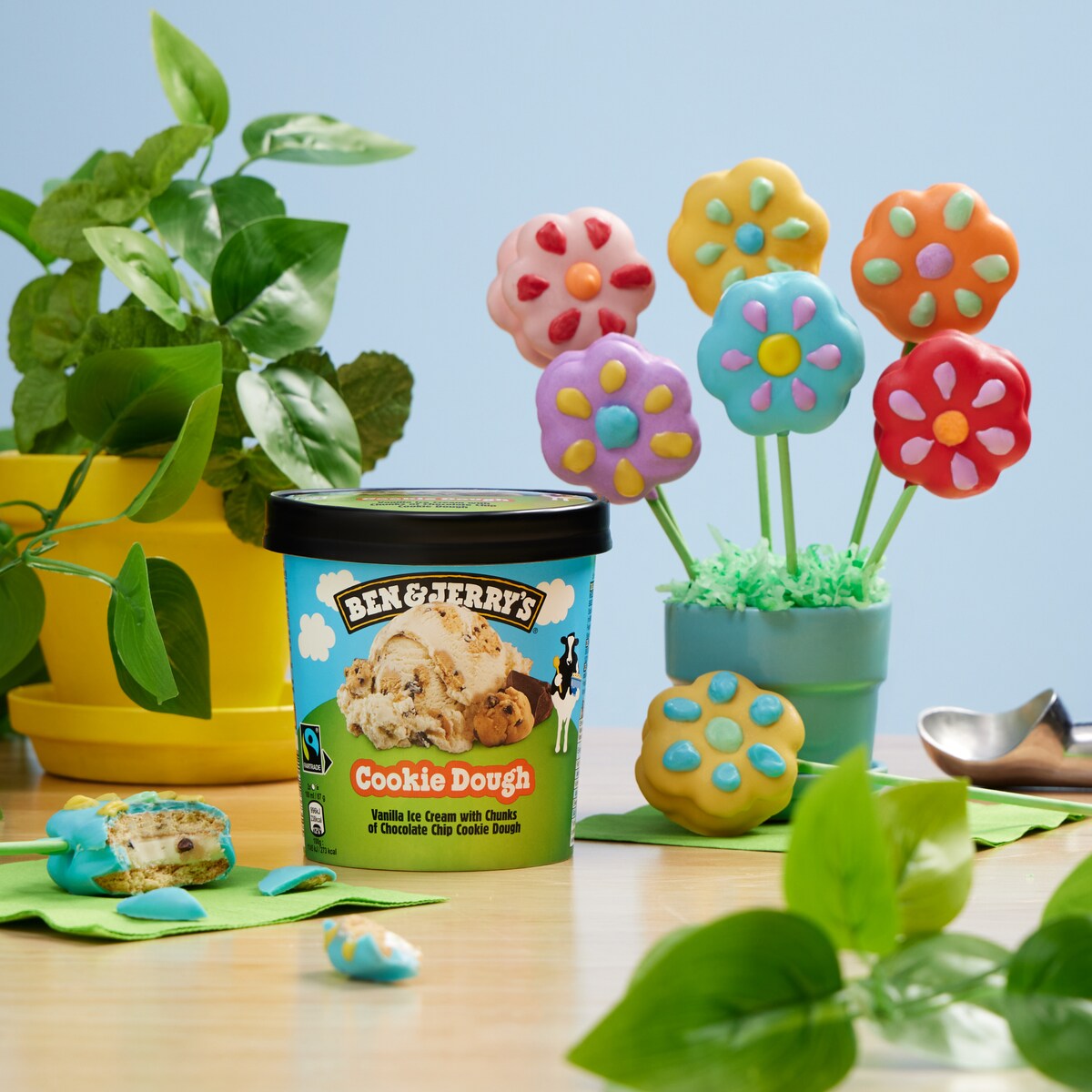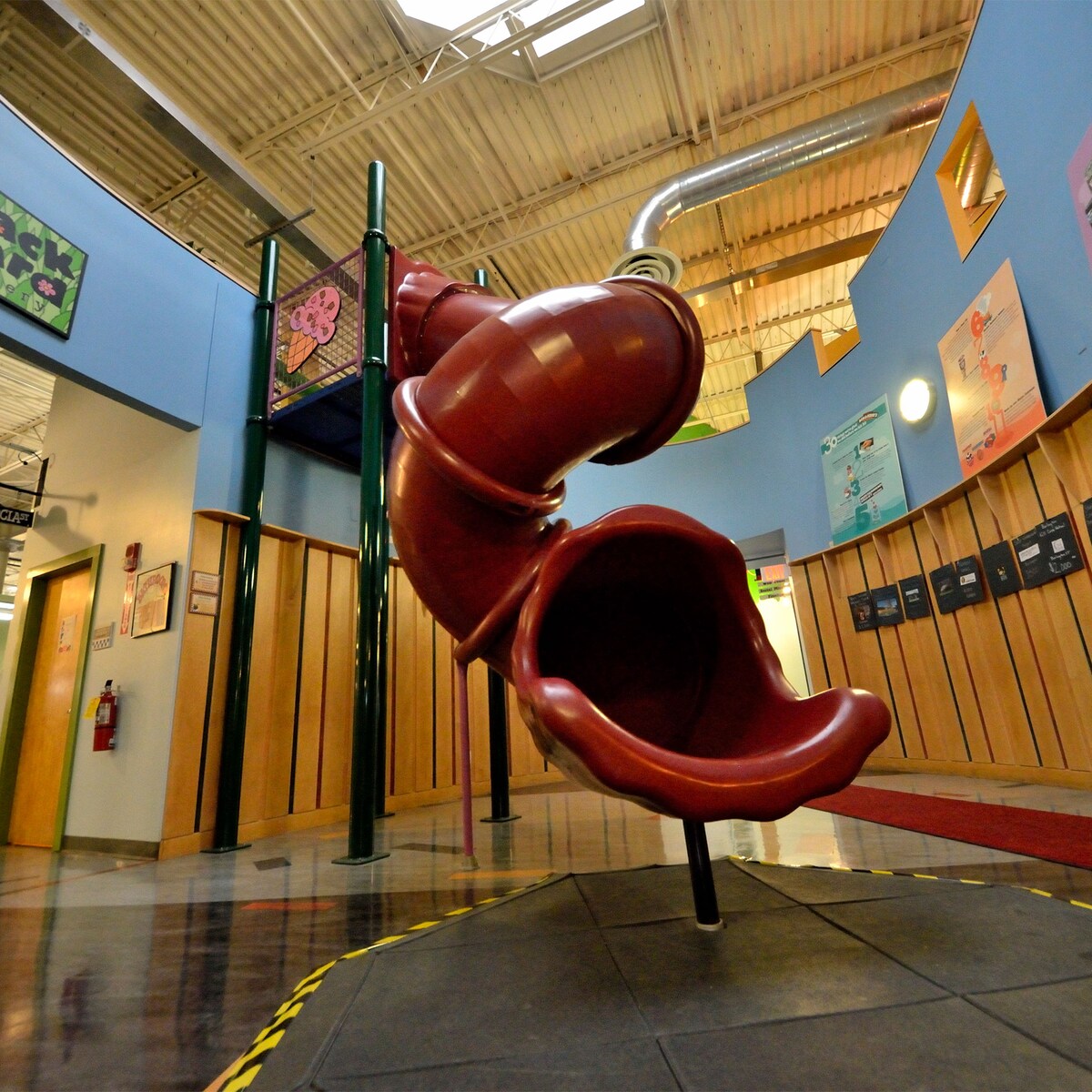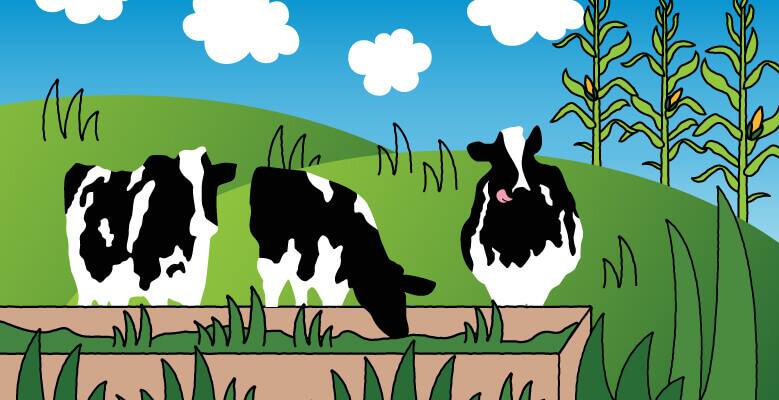
For more than 40 years we’ve been making ice cream, eating ice cream, and loving ice cream, but we also know that dairy products have a big impact on the environment—which is why we’ve also been working for years to minimise the impact our business has on the planet we love. This is the final installment of our three-part content series where we’ve been digging into some of the exciting things we’re doing to reduce our greenhouse gas emissions and fight climate change.
Dairy accounts for more than half of our total greenhouse gas emissions, so it’s the most obvious place for us to start reducing our carbon footprint. Of course, there’s no dairy without cows, and as we’ve learned in the previous two pieces cows produce a lot of manure and cows belch, both of which have a significant impact on the climate crisis.
But what we feed cows also contributes to a warming climate. And in this piece, we’ll talk about the steps we’re taking to address that by using a higher percentage of “homegrown feed.”
How Much Dairy Cows Eat
A typical dairy cow eats around 100 pounds of feed a day. Clearly, cows have huge appetites, which means it can take a lot of work to ensure they have all the food and nutrition they need to grow, be healthy, and produce milk.
Many people probably imagine that cows simply eat hay and grass and grains grown on the farms where they live. That certainly constitutes part of their diet, but the reality is that most farmers need to bring in supplemental feed from elsewhere. In the United States, slightly over half of our cows’ diet comes from corn silage and grass harvested on-farm. Concentrates (specialised feed mixtures) and grains are mostly sourced from the Midwest and Canada, hundreds of miles away. In Europe, however, cows often eat soy imported all the way from Latin America.
Transporting food over great distances like that has a huge impact on climate change, as does applying pesticides and herbicides to crops, fueling farm equipment, draining nitrogen from the soil, and cutting down forests to plant and grow crops. Soy, in particular, is very carbon-intensive. All of this is why we want the feed we use on our Caring Dairy farms (and, eventually, all of our farms) to have a smaller carbon footprint. To do that, we need more homegrown feed.
What We’re Doing
We like to say that we care about our ice cream from cow to cone. Caring Dairy is our way of looking after the well-being of dairy farmers, farmworkers, cows, and the environment. Farmers have to maintain a set of high standards to join, and stay in, the Caring Dairy program, standards like developing agricultural practices to build healthy soil and maintain healthy ecosystems.
This past year our Caring Dairy farmers planted cover crops and implemented no-till or minimum-till on all annual corn acres. The combination of these practices provides significant value for both farmers and the environment. It prevents soil erosion, limits nutrient runoff and, over time, fixes nitrogen, conserves soil moisture, and builds soil health. Based on soil loss calculations by University of Vermont Extension, Caring Dairy farmers—with 11,000+ acres protected by cover crops—preserved more than 11,000 tons of topsoil and kept ground cover on those acres throughout the year. In 2020, our US Caring Dairy farmers cover-cropped 87% of their corn acres and utilised no-till or minimum till on 75% of corn acres in our program.
Building on those standards, we are developing and implementing a strategy in the EU that both bans soy grown in deforested areas and brings in feed from closer to home. This will lower the carbon impact of our feed while also ensuring a healthier planet.
Further, in the US we partner with local dairy experts and our Farmer Innovators cohort—farmers who meet the most advanced set of Caring Dairy standards—to test new approaches to farming practices that promote regenerative agriculture.
Farmer Innovators
To become a Farmer Innovator, a Caring Dairy farmer must go above and beyond the already high standards we’ve set for the overall program:
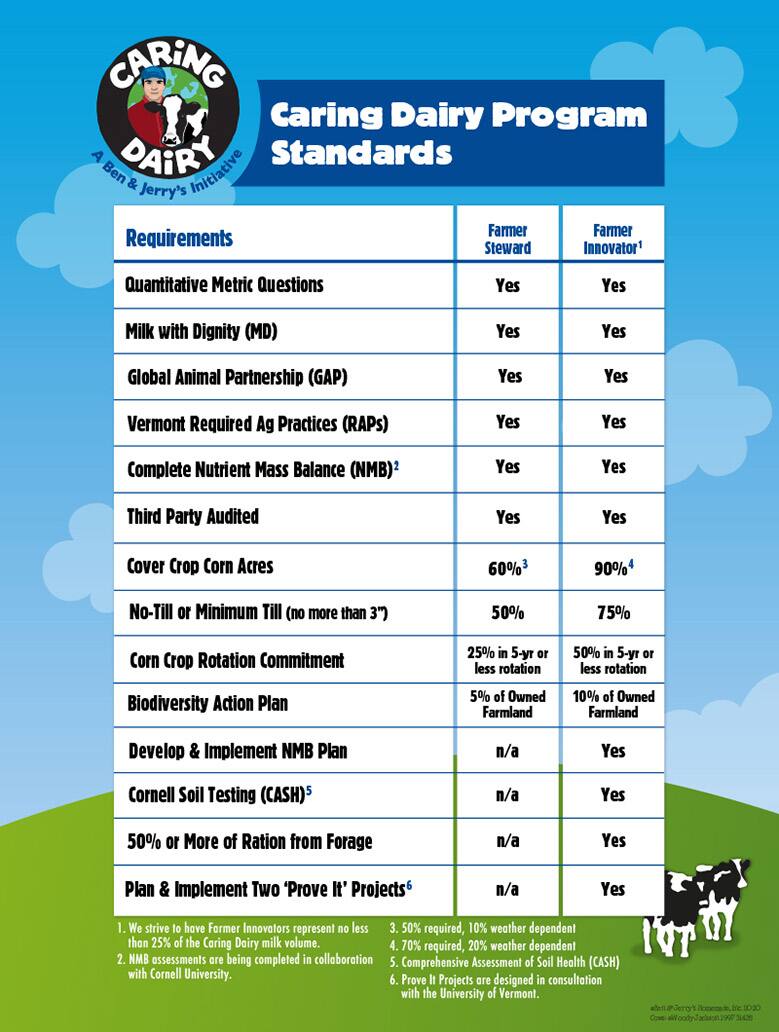
In 2020, Ben & Jerry’s launched Prove It Projects, a new initiative to jumpstart the practical testing of regenerative-agriculture concepts on operational farms. By moving the concepts from the research plot into the hands of farmers on working farms, Caring Dairy is looking to learn more and get the word out about best practices to other farms more quickly.
Farmer Innovators, supported by dairy experts and academic oversight, develop their Prove It Project plans with a focus on soil health, biodiversity, and farm resilience. Here are a few examples of recent projects:
- “Skip row corn planting”: In collaboration with the University of Vermont (UVM) Extension, working to establish better multispecies cover crops pre-harvest by skipping a corn seed every so often to allow for more sunlight to reach the interseeded cover crop planted between the corn rows.
- Benchmarking biodiversity on-farm and implementing recommended biodiversity enhancement practices, in collaboration with Audubon VT and UVM Gund Institute.
- Intensive nutrient management: Looking at how farms can help grow more of their own feed and improve the ecological and economic balance of farm operations, while at the same time improving the farms’ bottom line.
Ben & Jerry’s reviews all Prove It projects with the goal of applying any knowledge gained to the whole Caring Dairy program. We’re always eager to share it with other dairy producers too.
Learning and Growing
One of the things we love most about what we do, whether it’s making ice cream or improving our agricultural practices, is that we’re always learning. We’re constantly looking to find ways to innovate and evolve. In the US, for example, we know that we have high-quality soil on our Vermont farms, so we’re collaborating with experts to see if we can grow more of the feed our cows need on our own farms.
In the EU, our work with Caring Dairy farms in the Netherlands has shown that 80+% of all their land is grass, and we’re investigating how quickly this will allow us to grow more crops close to “home” and permanently stop using deforested soy from Latin America.
We don’t have all the answers, but we are working hard to make sure we’re helping implement solutions to the climate crisis. Thanks for reading about our efforts to reduce our carbon footprint. We’ll be back with updates as we continue trying to make the best possible ice cream in the best possible way.
